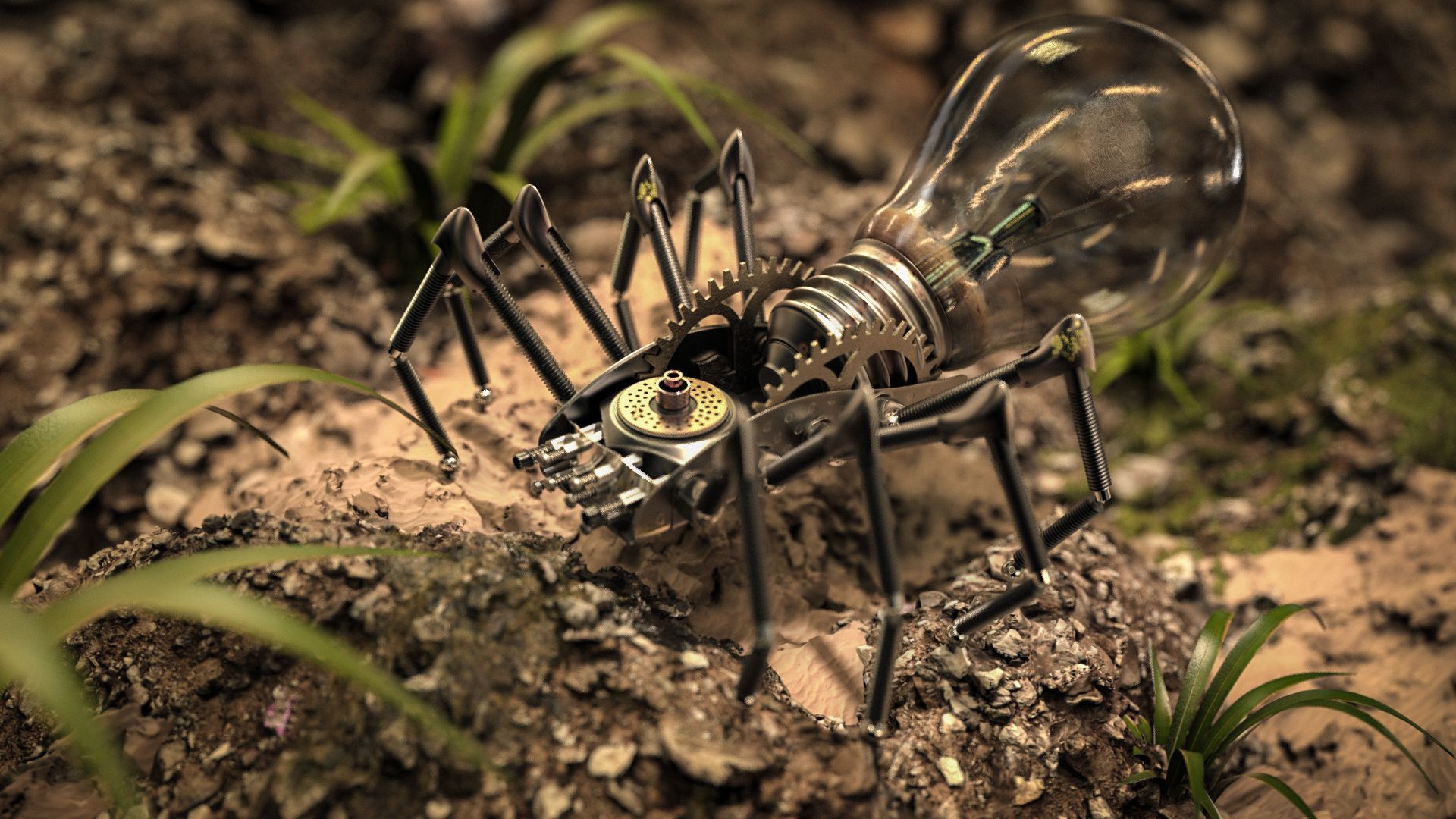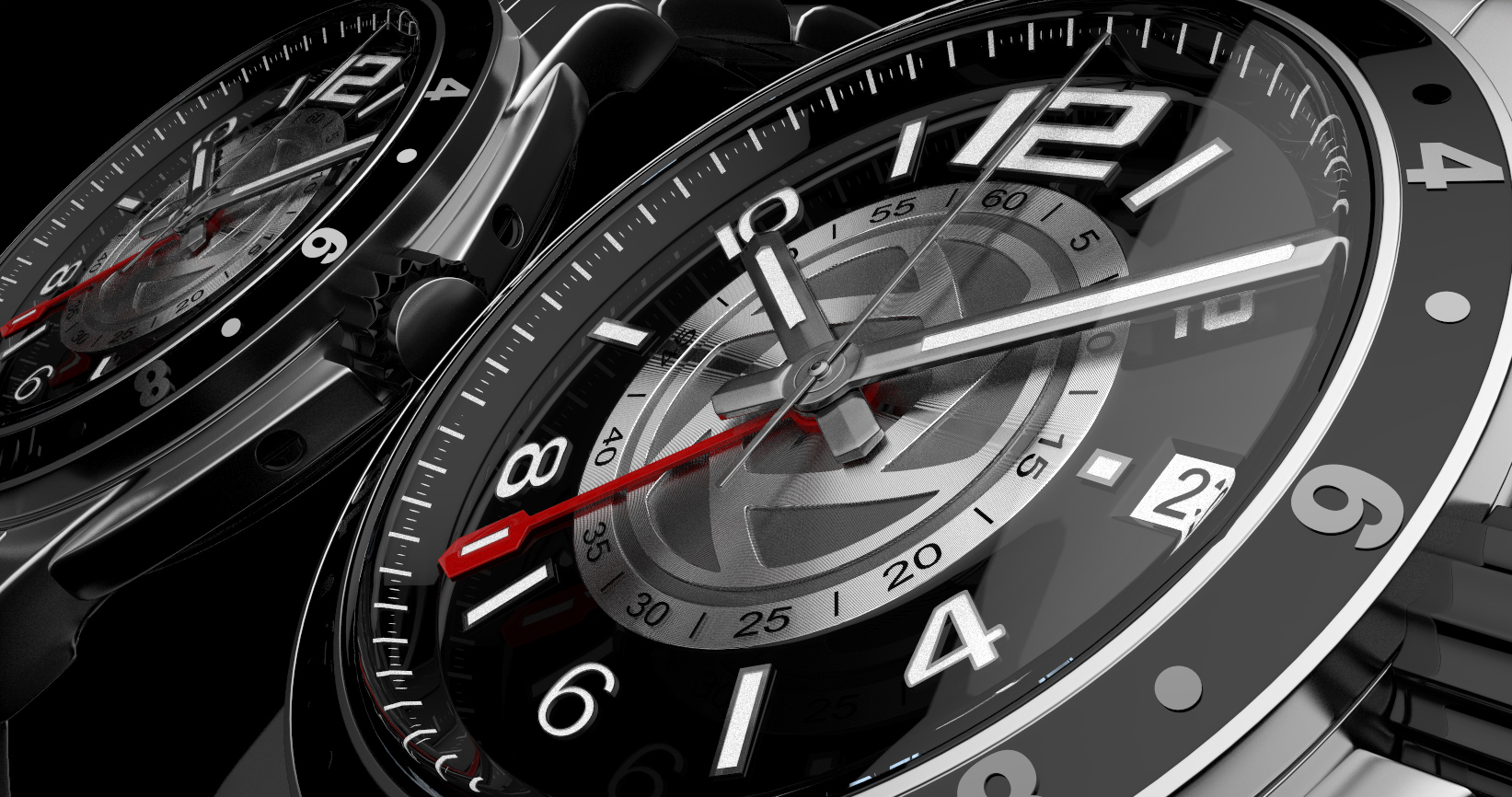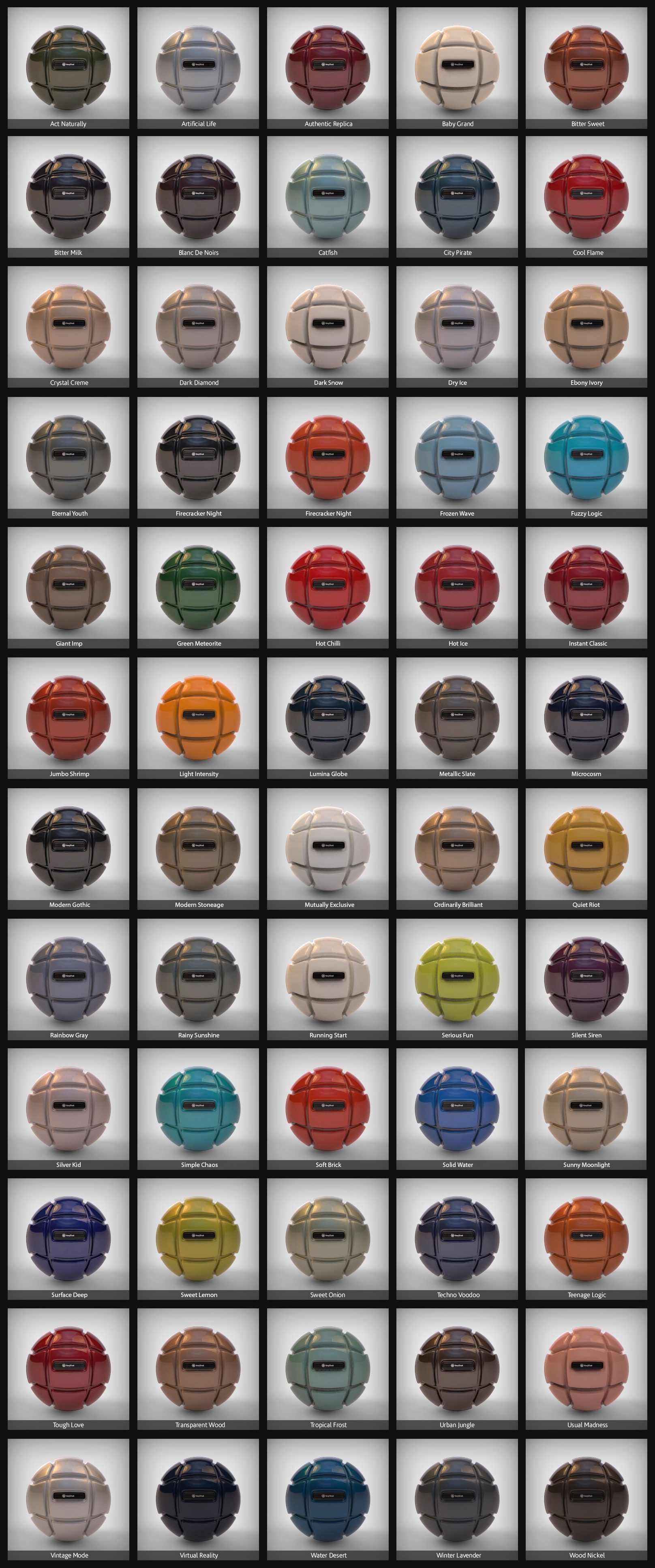

- #KEYSHOT MATERIALS UPDATE#
- #KEYSHOT MATERIALS UPGRADE#
- #KEYSHOT MATERIALS SOFTWARE#
- #KEYSHOT MATERIALS TRIAL#
As you might expect with an incremental release, version 5.1 comes with a lot of tweaks and enhancements to provide a better user experience.Ī trial version is available for download.
#KEYSHOT MATERIALS SOFTWARE#
Those who use the software on touch-enabled devices (such as Windows tablets) will have an easier time navigating the interface-it now supports multi-touch. KeyShot 5.1 follows the same tradition the original software established-a simple, easy-to-use rendering program driven by physically accurate ray-traced rendering. This will particularly be handy if you’re trying to create a flock or an army with the same random placement observable in reality. But what may also be useful is the scattering tool, which introduces randomness to the placement. Pattern tool gives you the ability to align spawned objects in a row or in a circular pattern.

You may apply different materials and looks to all instances in the pattern.

So the color and texture applied to the original object won’t automatically show up on the rest of the pattern members. But more important, you can treat each instance as a separate object. The tool lets you create multiple instances of a single object. If you need to duplicate a single object into a small group or cluster, before you choose the Copy and Paste option, you may want to check out KeyShot 5.1’s Pattern tool. This gives you the ability to configure the look of the materials to match the size of the 3D object. (We'll call this Model One.) Click the + icon in the Material Templates panel and choose Add Template > Automatic > Material. When working with materials like camouflage or brushed metal, you can use slider bars to adjust the texture mapping and density of patterns. Apply KeyShot materials to the model from which the material template will be created. With Version 5.1, you get a lot more control over the look of some of the procedural materials. The on-demand library augments the materials, back plates, and environments that come with the installation. KeyShot 5 (released in May) introduced KeyShot Cloud, a feature that lets you get access to downloadable assets hosted in the cloud.
#KEYSHOT MATERIALS UPGRADE#
The upgrade comes with, among other things, new procedural materials that offer a lot more customization options and a patterning tool to easily create multiple instances of imported 3D objects. This week, Luxion released KeyShot 5.1, a new version of its rendering program. And if you have a suggestion for another tip share it in the comments below.KeyShot 5.1’s pattern tool lets you create multiple instances of the same object, which can be treated differently with materials. Visit the KeyShot Amazing Shots forum to see what others are creating and share your own work. We would love to see what you create with this tip. So to more accurately visualize and communicate your designs check out these material and textures options, and learn more about Labels in the KeyShot Manual. But, for example, if you have an opacity map applied to a label and want to adjust its scale independent of the label scale, you should first disable Sync to do so.Īs you can see there’s a lot of flexibility with labels. When Sync is enabled it will match the size and position across the texture channels.

When mapping textures, it’s always important to be aware of the Sync option. For example, you could hold the Alt-key, then drag and copy the label to the Bump channel to give the label some thickness. This also provides the benefit of freeing up the label’s Bump channel when you would like to add additional bump texture maps. If you want the parent texture to apply to multiple labels, go to the parent material’s Texture tab, select the Bump channel, and enable Apply Bump to Labels. From the Texture dropdown, you can select a different type of texture or, if the parent material has a texture, you can incorporate the texture by selecting the From Parent option. Simply select the Label Textures tab, then drag and drop a texture onto the Bump channel. Add Texture to LabelsĪssigning textures to labels is just as easy. Simply, duplicate the label and change the Blend with Color selection as many times as you’d like to populate the list with different color variations. If you need to create multiple color variations for your label, apply a white version of your label and use the Blend with Color checkbox in the Color properties. Planar for a flat surface, Cylinder for a cylindrical surface, etc.). Make sure you use a Mapping Type that correlates to the surface the label is applied to (e.g. To quickly make changes to the position of your label, go to the Label Textures tab and select Move Texture from the mapping controls. You can adjust your parameters here In the Label Properties tab just like you would for any other material.
#KEYSHOT MATERIALS UPDATE#
The associated Label Properties and Label Textures will update according to the type selected. To change this, select a different material from the Label Type dropdown or drag and drop a material from the Materials Library onto the label in the list. By default, the Label Type is set to Plastic.


 0 kommentar(er)
0 kommentar(er)
